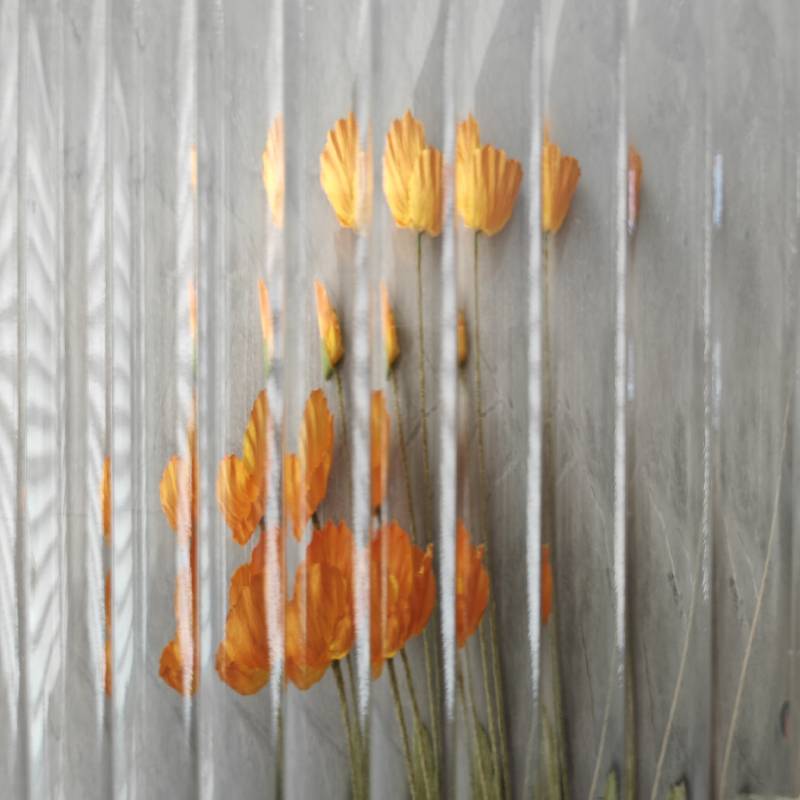

The Rise and Challenge of Slumping Float Glass in Modern Architecture
In the realm of contemporary architecture, the evolution of materials plays a pivotal role in the aesthetic and functional pursuit of design excellence. One such material that has carved its niche is slumping float glass. This unique form of glass has garnered attention for its versatility and transformative properties, prompting architects and designers to explore new horizons in creative expression.
Understanding Slumping Float Glass
Slumping float glass is a type of glass that undergoes a process of thermal shaping to achieve various forms and textures. Initially produced as flat glass through the float glass method—a process where molten glass is floated on molten tin to create perfectly flat sheets—this material is then subjected to heat in a kiln. At elevated temperatures, the glass softens and flows, allowing it to take on the shapes of molds or surfaces beneath it.
This technique enables the creation of curvilinear forms, varying thicknesses, and intricate textures that traditional flat glass cannot achieve. The result is a dynamic material that can be employed in both structural and decorative applications, bringing a tactile quality to architectural projects.
Applications in Architecture
The use of slumping float glass in architecture has opened up a myriad of possibilities. Its ability to diffuse light creates stunning visual effects, enhancing the ambiance of any space. Architects have used slumped glass in everything from large facades to delicate interior partitions, allowing for a seamless blend of indoor and outdoor environments. Notably, structures such as museums and art galleries have embraced slumped glass for its reflective and refractive qualities, providing an interplay of light and shadow that engages visitors.
Moreover, slumping float glass can also be used to create functional elements, such as canopies, skylights, and balustrades. Its inherent strength, combined with the aesthetic appeal, makes it a go-to choice for modern constructions that seek to balance beauty with durability.

Challenges and Considerations
Despite its advantages, the use of slumping float glass does not come without challenges. The production process can be resource-intensive and requires precise temperature control to achieve uniform results. Any inconsistency in heating can lead to defects, such as warping or uneven surfaces, which may compromise the integrity of the finished product.
Additionally, the weight of slumped glass compared to traditional glass can pose logistical challenges during installation. Architects and builders must consider structural supports and safety standards to ensure that installations are both secure and compliant with regulations.
Furthermore, the environmental impact of glass production and its subsequent energy usage during the slumping process cannot be overlooked. As the construction industry moves toward sustainability, there is a growing need for manufacturers to adopt eco-friendly practices in the glass-making process. Innovations in recycling and the use of alternative energy sources could enhance the sustainability profile of slumping float glass.
The Future of Slumping Float Glass
Looking ahead, the future of slumping float glass appears promising. As technology advances, the efficiency of production processes is likely to improve, enabling architects to push the boundaries of design further than ever before. The integration of smart technologies in glass—such as self-tinting or energy-generating capabilities—could elevate slumping float glass to new heights of functionality and appeal.
Moreover, as a conversation starter in architectural design, slumping float glass invites collaboration among architects, engineers, and artists. This multidisciplinary approach can lead to innovative solutions that not only prioritize aesthetics but also address functionality and environmental sustainability.
In conclusion, slumping float glass is more than just a building material; it represents a fusion of art, technology, and sustainability in modern architecture. Its ability to shape light and space offers architects an exciting canvas for creative exploration. While challenges remain in its production and application, the ongoing evolution of slumped glass promises a bright future, paving the way for groundbreaking architectural achievements. As we continue to seek beauty and function in our built environment, slumping float glass will undoubtedly play a significant role in shaping the architecture of tomorrow.